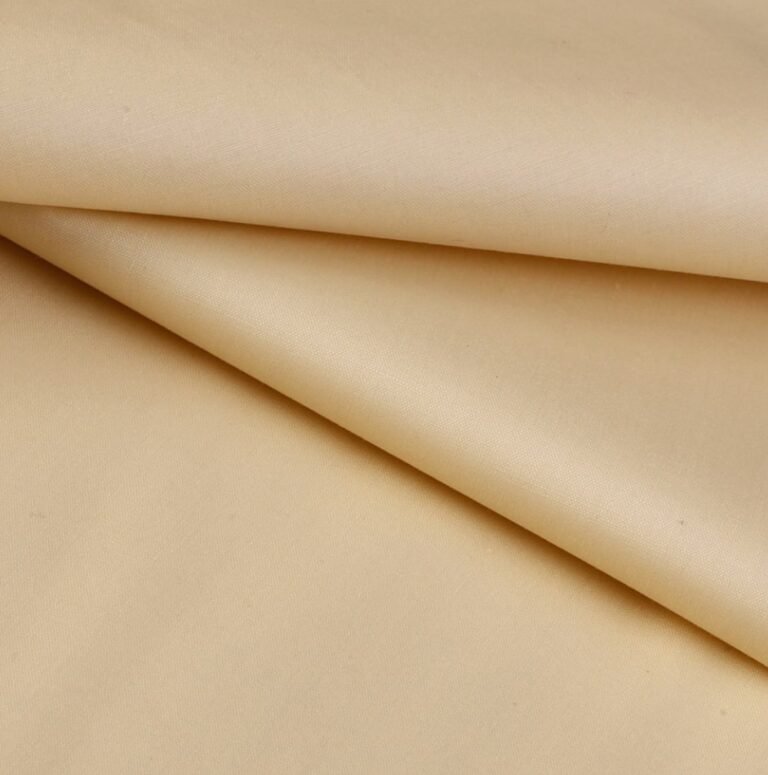Have you ever been inside a room that feels fresh, calm, and light, and then entered another where the air feels heavy, dusty, or even smelly? That difference is often due to the quality of air you are breathing.
Indoor air can sometimes be more polluted than outdoor air. Dust, pet dander, smoke, mold spores, pollen, and even invisible chemicals can float around inside your home. Breathing such air every day can cause allergies, breathing problems, headaches, or simply make you feel tired.
This is where an air purification unit comes in. It helps to clean the air by removing harmful particles so that the air you breathe is healthier and fresher. But with so many options in the market, choosing the right air purifier can feel confusing.
This guide will help you understand everything in simple words — from how air purifiers work, what types are available, which one suits your needs, and tips to make the most of your unit.
What Is an Air Purification Unit?
An air purification unit, often called an air purifier, is a machine that filters out harmful particles from the air. Think of it as a vacuum cleaner, but instead of cleaning your floor, it cleans the air around you.
It pulls in air, traps dust, smoke, or allergens in special filters, and then releases cleaner air back into the room. Some advanced models can even kill bacteria, viruses, or remove strong odors.
Note: Breathe cleaner, fresher, and healthier air today with the perfect purifier for your home or office. If you’re searching for high-quality air purification units in Dubai, look no further than Airody Trading LLC. We provide a wide range of reliable and affordable solutions designed to suit every space and need.
Why Do You Need an Air Purifier?
1. Cleaner Air for Healthy Lungs
Breathing clean air helps reduce cough, sneezing, or chest tightness. If you or a family member has asthma or allergies, an air purifier can make a huge difference.
2. Removes Unwanted Smells
Cooking smells, pet odors, cigarette smoke, or even damp smells from mold can be removed with the right purifier.
3. Better Sleep and Energy
Fresh air helps your body relax and sleep better. When you wake up, you may feel more energetic instead of groggy.
4. Protection Against Pollution
If you live in a crowded city where pollution levels are high, an air purifier at home can give you peace of mind by reducing harmful particles indoors.
How Does an Air Purification Unit Work?
Most air purifiers work in a simple way:
- Pull in air from the room using a fan.
- Pass the air through one or more filters that capture dust, pollen, smoke, or germs.
- Release clean air back into the room.
But not all purifiers use the same filters. That’s why understanding the different types of filters and purification technologies is important before buying.
Types of Air Purification Technologies
HEPA Filters (High Efficiency Particulate Air)
- Best for: Dust, pollen, mold, pet dander, and fine particles
- How it works: HEPA filters capture 99.97% of very small particles, even ones you cannot see.
- If you have allergies or asthma, HEPA air purifiers are the safest choice.
Activated Carbon Filters
- Best for: Smoke, cooking smell, strong odors, and chemicals
- How it works: These filters absorb gases and smells that HEPA filters cannot trap.
- Ideal for homes with pets, smokers, or kitchens.
UV Light Purifiers
- Best for: Killing germs, bacteria, and viruses
- How it works: UV light damages the DNA of germs so they can’t survive.
- Works best when combined with HEPA or carbon filters.
Ionizers (Negative Ion Generators)
- Best for: Dust and smoke
- How it works: They release negative ions that attach to particles, making them heavy so they fall out of the air.
- Note: Not all ionizers are safe. Some release ozone, which can irritate the lungs. Always check safety standards.
Ozone Generators (Not Recommended for Homes)
Some purifiers claim to use ozone to clean the air. Ozone can be harmful to breathe, especially for children, elderly, or people with breathing problems.
For home use, it’s better to avoid ozone-based purifiers.
Which Air Purifier Is Right for You?
Choosing the right unit depends on your needs. Here’s a breakdown:
For Allergy Sufferers or Asthma Patients
- Go for a true HEPA purifier.
- Make sure it has a pre-filter to catch large particles before they reach the HEPA filter.
For Homes With Pets
- Choose a purifier with both HEPA filter + Activated Carbon filter.
- HEPA removes hair and dander, while carbon removes pet odors.
For Smokers or Kitchen Use
- A unit with a strong activated carbon filter is best.
- Some even have extra odor filters for cigarette smoke.
For Small Rooms or Bedrooms
- Compact HEPA purifiers are enough.
- Look for one with a quiet mode for nighttime use.
For Large Living Rooms or Offices
- Check the CADR (Clean Air Delivery Rate). A higher CADR means it can clean air in bigger rooms faster.
- Go for a purifier designed for large coverage.
Important Features to Look For
1. Room Size Coverage
Always check if the air purifier can cover the area of your room. Buying a small unit for a big room will not clean the air properly.
2. Filter Replacement Cost
Filters need replacement every 6–12 months. Always check the replacement cost before buying, to avoid surprises later.
3. Noise Levels
Some purifiers are loud and can disturb your sleep. Look for ones with a quiet or sleep mode.
4. Energy Efficiency
Since air purifiers run for long hours, choose one with low electricity use. Look for Energy Star rated models.
5. Smart Features
- Air quality sensors
- Auto mode (adjusts speed based on air quality)
- WiFi or app control
- Filter change alerts
These may not be “must-have,” but they make the experience easier.
Step-by-Step Guide to Buying an Air Purification Unit
Step 1: Identify Your Main Problem
Is it dust, allergies, smoke, odors, or germs? This helps decide the right filter type.
Step 2: Measure Your Room Size
Choose an air purifier that covers at least your room’s square footage.
Step 3: Compare Filters
Check if the purifier uses HEPA, carbon, or combined filters. Avoid ozone-only types.
Step 4: Check Noise and Power Use
Especially if you will use it in the bedroom or leave it on overnight.
Step 5: Look for Easy Maintenance
Some units have washable filters, while others need regular replacement.
Top 7 Tips for Getting the Best Results
- Place the purifier in the right spot – not hidden behind furniture.
- Keep doors and windows closed while using it, otherwise unfiltered air keeps coming in.
- Regularly replace or wash filters to keep performance high.
- Run it for several hours daily instead of turning it on occasionally.
- Avoid using an undersized unit for big rooms.
- Clean the unit’s exterior to prevent dust buildup.
- Check air quality levels if your purifier has a sensor, so you know it’s working.
Common Mistakes to Avoid
- Buying only by brand name without checking filter type.
- Ignoring filter replacement costs (can become expensive over time).
- Using an ozone generator for home use.
- Running the purifier in open windows (it works best in closed spaces).
- Not matching purifier size to room size.
Final Thoughts
Choosing the right air purification unit doesn’t have to be complicated. Start by identifying your main needs — allergies, pets, smoke, or just general clean air. Then, pick the purifier with the right filters, correct room coverage, and features that suit your lifestyle.
An air purifier is more than just a home appliance. It is an investment in better health, fresher air, and peace of mind. With the right choice, every breath you take inside your home can feel lighter, cleaner, and healthier.





